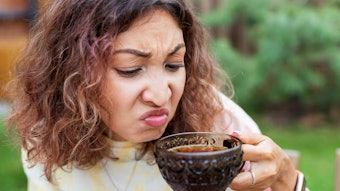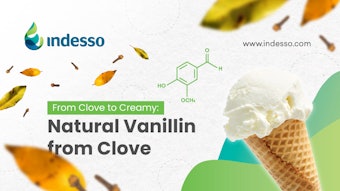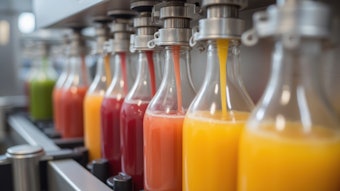
The Food Chemist Journal is set to publish the "Sweet–bitter Taste Interactions in Binary Mixtures of Sweeteners: Relationship Between Taste Receptor Activities and Sensory Perception" study in its November 2024 edition. The study is authored by Yoonha Choi, Run Rou Wong, Yeon Kyung Cha, Tai Hyun Park, Yuri Kim and Seo-Jin Chung.
Study Highlights
• Measured the sweet and bitter taste receptor activities of binary sweeteners
• Investigated the perceptual sweetness-enhancing effect of binary sweetener mixtures
• Monosaccharides reduced bitter receptor activation by high-potency sweeteners
Abstract
This study investigated the effects of various binary sweetener mixtures on sweetness enhancement and their interactions with sweet or bitter taste receptors, focusing on sensory perception and receptor activity. Acesulfame K or saccharin was mixed with allulose, aspartame, erythritol, fructose, glucose, or sucrose to match a target sucrose sweetness. The effects of the mixtures on sweet and bitter taste receptors (in the human embryonic kidney −293 cells) and sensory taste intensities were evaluated. Sweetness enhancement at the sweet taste receptor level was observed in some cases, with several monosaccharides reducing the acesulfame K- or saccharin-induced bitter taste receptor activity. Combining acesulfame K or saccharin with any of the six sweeteners perceptually enhanced sweetness (60% ∼ 100% in 50:50 ratio), correlating with a reduction in inherent bitterness (−35% ∼ −63% in 50:50 ratio). This finding suggests that sweetness perception likely increased because the monosaccharides mitigate the activation of bitter receptors caused by high-potency sweeteners.










